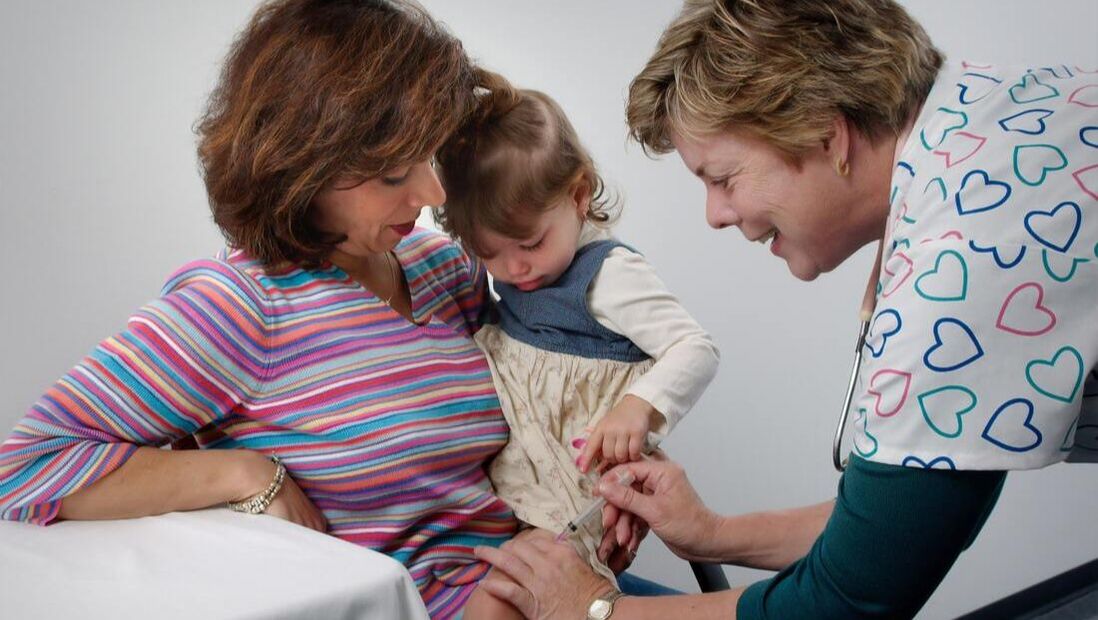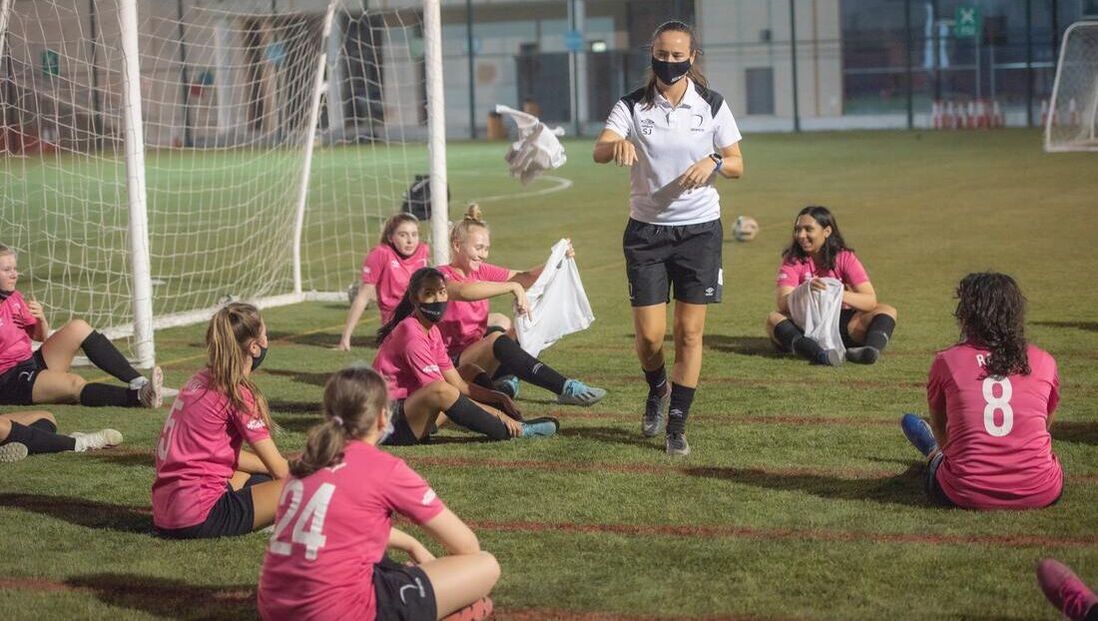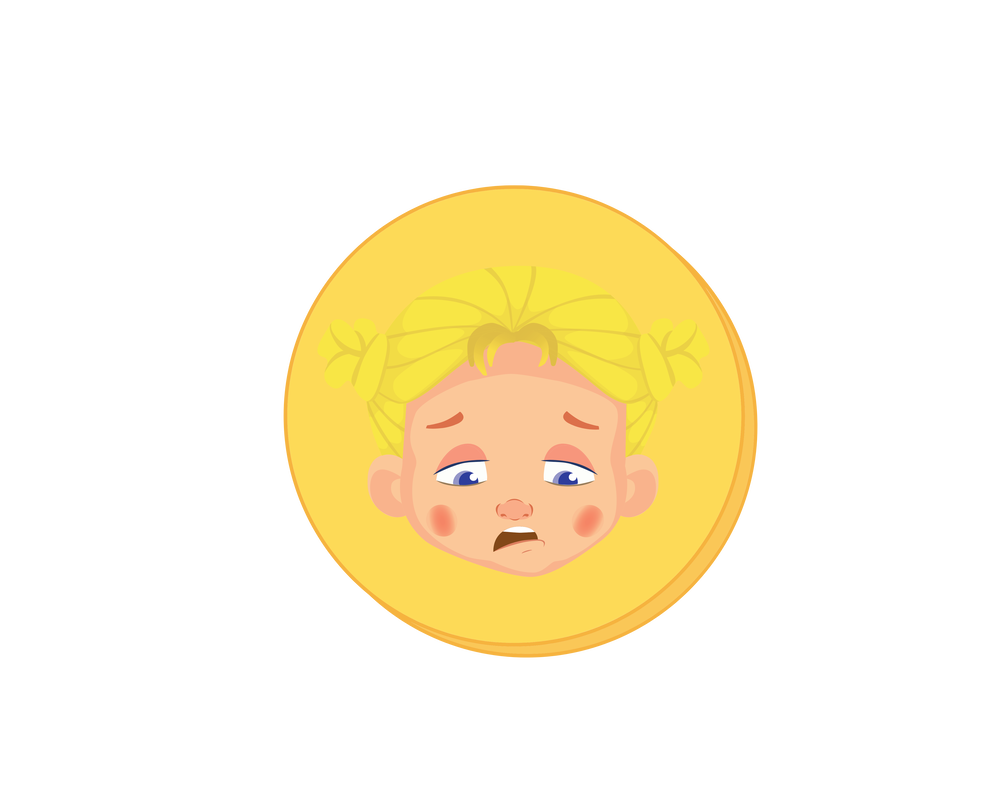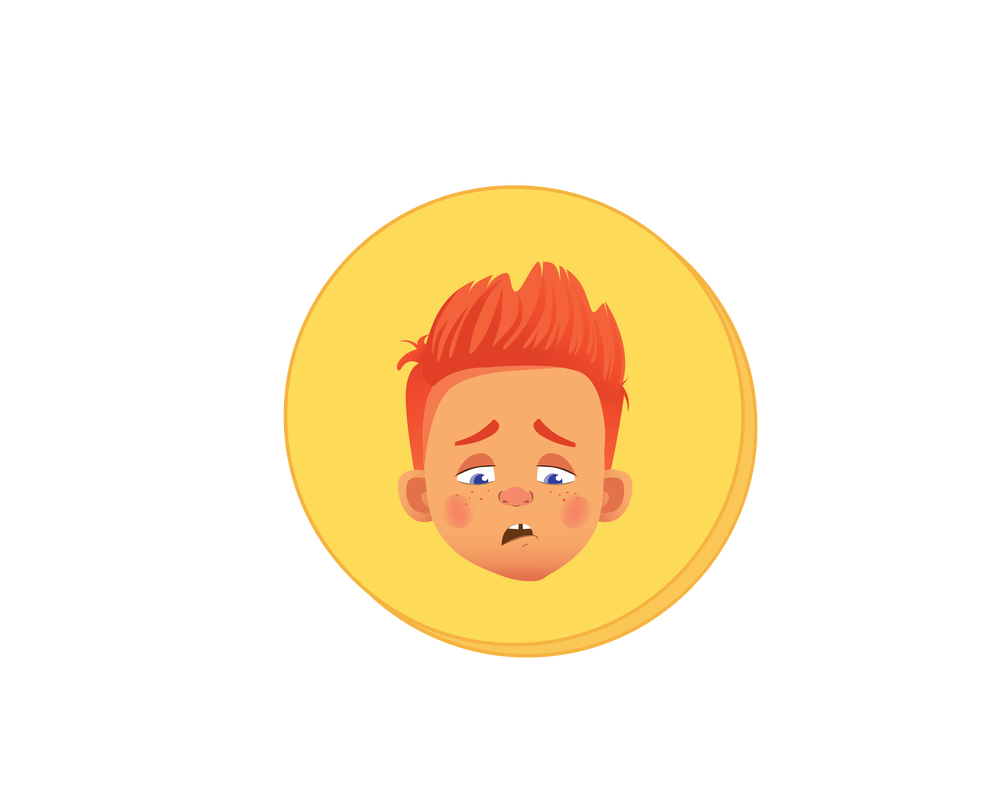As professionals, it is our job to ensure children are safe in our care as well as recognize when the children we work with may be at risk of harm and know how we can best respond. Below are resources that professionals who often work with children may find helpful based around a child’s development and the environment in which you interact with them. The more prepared we feel as a professional, the better we can handle a family or child’s stressful or traumatic situation.
Educators
Educators have many opportunities to help strengthen families, identify behavioral challenges, and spot concerning interactions between children and their peers or parents/guardians. As an educator you're able to build relationships with families, help them make connections to community resources, and discover ways to create a community that values safe homes along with education for children.
|
RESOURCES
♦Check out this list of tips for educators around recognizing signs and knowing the risks of child abuse and neglect.
♦Review the Montana Department of Public Health and Human Service’s web resources for child abuse and neglect training for school personnel. ♦Learn more about how about to engage schools, parents and communities from the National Education Association. |
HELP KIDS AND FAMILIES AS AN EDUCATOR
♦Implement an evidence-informed child abuse prevention and intervention curriculum in your school, like Childhelp’s Speak Up Be Safe.
♦Get involved with or start a local parent-teacher or parent-teacher-student organization to help facilitate educator and community conversations. |
Health Professionals
Health professionals have unique opportunities to interact with and examine children. A health professional may be the only adult interaction an isolated family has, which is why it is so important to ask questions, provide key information that can reduce stress, and observe both parents and children for warning signs of abuse and neglect.
|
RESOURCES
♦ Review the Face It Tips for Health Professionals for additional information about recognizing and reporting abuse, along with suggestions on how to provide guidance to parents.
|
HELP KIDS AND FAMILIES AS A HEALTH PROFESSIONAL
♦ One of the most common risk factors is unrealistic expectations for the child’s age and development. This can apply to crying, potty training issues, or the child’s response to instruction or other behavioral issues. When a caregiver mistakenly believes a child can completely control his actions, frustration, anger, and inappropriate discipline can follow. Help to educate parents by directing them to the CDC Milestones Checklist and the Parents and Caregivers page.
♦ Appointments with children and their parents are great opportunities to educate. Let parents know that it is OK to ask any questions they may have, without judgement. ♦ Reference the TEN-4 rule when needed if you identify unusual bruising that may indicate child abuse or neglect. |
Youth Programming
Youth programs within a community can play a key role in both the prevention and intervention of child abuse and neglect. These programs interact with children regularly, often in settings where children are with their peers and have contact with other adults. Staff and volunteers need the skills to recognize when youth behavior is worrisome, when families are struggling with instability, or when a child may be at risk of harm and know how they can help prevent abuse by building strong families and a supportive community.
|
RESOURCES
♦ Learn the risk factors and protective factors of child abuse and neglect. Check out the CDC’s information around those factors.
|
HELP KIDS AND FAMILIES AS A YOUTH PROGRAM PROFESSIONAL
♦ Make sure your program requires criminal background checks, personal interviews, and professional recommendations for all adults
who work with youth. ♦ Assess your organization for risk of child sexual abuse with Darkness 2 Light. Reduce or prevent isolated, one-on-one situations between youth and adults to help reduce the risk of sexual abuse ♦ Get to know common signs of child abuse and neglect, Child Welfare Information Gateway has an informative factsheet on recognizing signs and symptoms. |
Be Aware of the Warning Signs
Our trauma-informed Child-Advocate Counselors are available 24/7/365 to consult if you are concerned that a child is exhibiting warning signs. Our Child-Advocate Counselors can be reached by calling 406-586-3333.
|
Physical Abuse
Look for any bruising on a baby who is not yet pulling up and taking steps; bruising to the ears, neck, torso, buttocks, or genitals of any child under four years; unexplained injuries on children of any age.
|
Sexual Abuse
Look for an increase in nightmares and/or other sleeping difficulties, withdrawn behavior or significant changes in behavior, angry outbursts, anxiety, and not wanting to be alone with a particular individual(s).
|
Fear of Telling
Children are afraid to tell about their abuse because they feel ashamed, don’t want the abuser to hurt them, don’t want to cause stress for their caregivers, or don’t want their abuser to go to jail.
|
